The genius of Rupert Neve: 6 of his best studio innovations
Often referred to as the “godfather of modern recording”, electronics visionary and legend Rupert Neve passed away on February 12 at the age of 94. His contributions to the audio and music industries are mammoth. His designs have been used in professional studios for more than half a century, and for good reason: they sound phenomenal. Let’s take a quick look at some of his most iconic creations.
The Birth of a Legend
Neve Electronics was formed in 1961 as a specialist in professional audio equipment and mixing consoles. In 1964 the company created the first ever transistor-based (solid-state) circuitry mixing console. Prior to this, consoles were built upon vacuum tube topologies, so this was a major breakthrough.
The company’s next big innovation came in 1968 when the 2254 compressor/limiter, originally intended for use in television broadcasts, was released. That same year the company expanded distribution to North America, with a studio in New York City being the first to adopt a Neve desk into its workflow. Word about these fantastic-sounding and forward-thinking consoles spread fast.
Eventually the company was bought by Siemens and merged with AMS (Advanced Music Systems) to form AMS Neve. This company is still active and continues to contribute to the legacy of its namesake. Rupert Neve also founded Focusrite, another popular brand that is also very much still alive.
Rupert Neve Designs

In 2005 Neve formed yet another company, Rupert Neve Designs. Building upon past creations, the brand introduced a new lineup of gear such as compressors, preamps, EQs, and other recording equipment. This time Neve’s company aimed not just at the professional market, but at the project and bedroom studio markets that were exploding in popularity.
A few years later the company partnered with sE Electronics to dive into microphone manufacturing, ironically for the first time. By early 2015, the collaboration had resulted in three models – the RNT large-diaphragm condenser, the RN17 small-diaphragm condenser, and the RNR1 active ribbon.
Analog Magic and Mojo
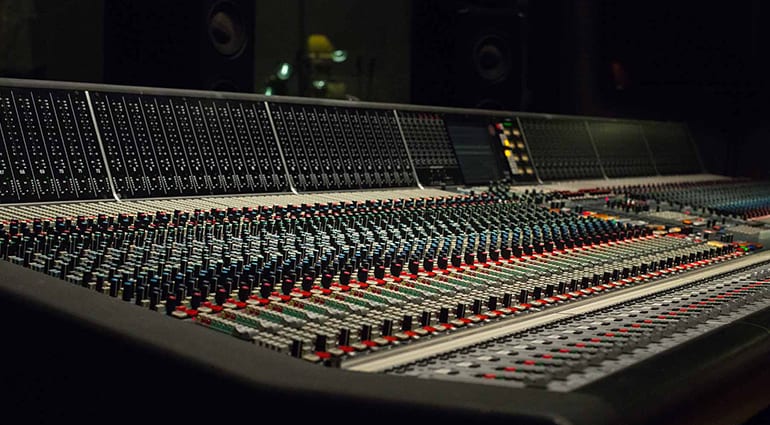
Neve is credited with creating the recording console as we know it. Everything the company manufactured is heralded at the top of the heap when it comes to studio equipment. But on a technical level, what made the mojo?
The company pioneered the use of Class A circuitry in its products, as well as using exclusively high-quality components. At the time, no one else was making equipment on this level. Neve gear was (and still is) the Rolls Royce of professional audio equipment. But a lot of that magic sound can be attributed to the custom transformers.
Today we’ll take a quick look at just a few of Neve’s many contributions to the audio world, and why his sonic signature is on countless recordings across history.
Flying Faders
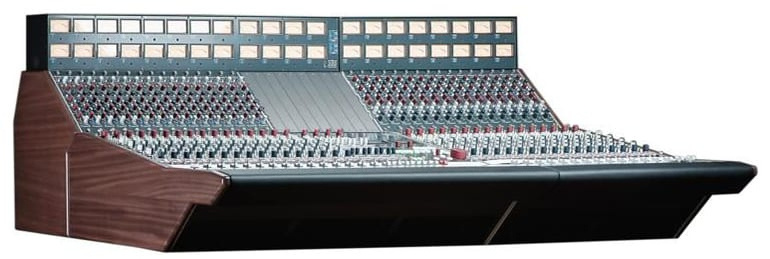
Automation is something we take for granted in modern recording. But in the late ’70s it was Neve that foresaw the coming digital audio revolution. At the time, the company was innovating a system called Necam, which allowed fader movements to be saved for recall. When the 8108 console was introduced in 1979, it featured the beloved analog mojo of the old consoles, as well as some of the first modern digital technology integration – what would later be referred to as automation.
80 Series Consoles
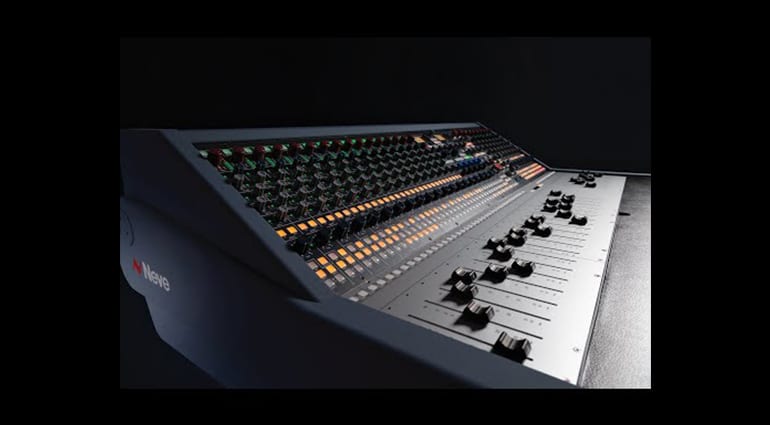
The 80 series consoles were a gamechanger. They were hugely popular and used on innumerous legendary sessions. The desks used mostly discrete circuitry, and the modular build meant that users could customize it to their preferences. Stock models were also available.
The consoles offer a good amount of headroom and gain, and the transformers used on the inputs and outputs are a huge part of their distinct sound. They came in two variations, A and A/B solidifying their usefulness across any genre.
And decades later, they are still in demand. If anything, these desks are even more desirable now, in part due to their rarity. Dave Grohl famously purchased the 8028 console that lived in Sound City in Los Angeles. It was the same desk used on many hit recordings by artists like Fleetwood Mac, Nirvana, Slipknot, Tom Petty and the Heartbreakers – among legions of others.
1073 Preamp
The 1073 is one of the most popular preamps ever, to this day. It is built around Class A circuity and offers 3 bands of EQ. The high end is fixed at 12kHz, but the mid and low bands are switchable and offer cut and boost options. The custom transformer is one of the biggest contributors to the sound, as it adds subharmonic content to the signal.
1073 preamps are known for being warm and colourful, with plenty of weight in the low-end and low midrange. They’re especially good for bass guitar, kick drum, and electric guitars. But you could run anything through it and instantly get that Neve magic. Originally, the preamp was intended only to be a part of frame consoles, and not as a standalone unit.
1084 Preamp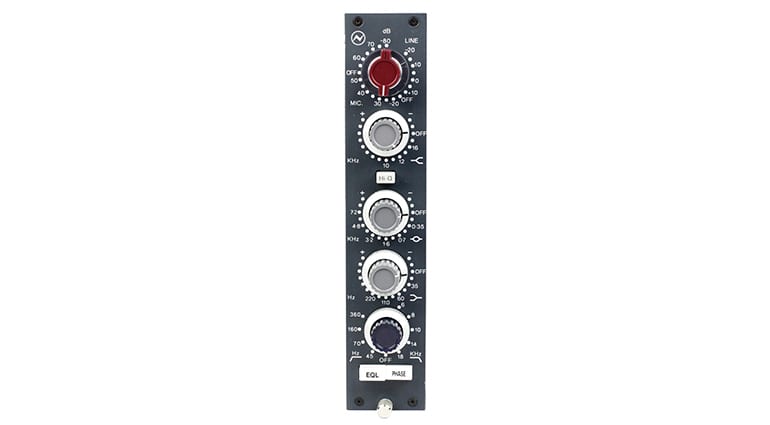 The 1084 preamp, found in the 80 series consoles from the golden age of recording, was an evolution of the 1073 with additional tone sculpting options. It included a low-pass filter and a selectable high frequency EQ point. The midrange was also augmented with wide or narrow band Q. Like many Neve designs, it features Class A circuitry and transformers at the input and output stages.
The 1084 preamp, found in the 80 series consoles from the golden age of recording, was an evolution of the 1073 with additional tone sculpting options. It included a low-pass filter and a selectable high frequency EQ point. The midrange was also augmented with wide or narrow band Q. Like many Neve designs, it features Class A circuitry and transformers at the input and output stages.
2254 Compressor/Limiter
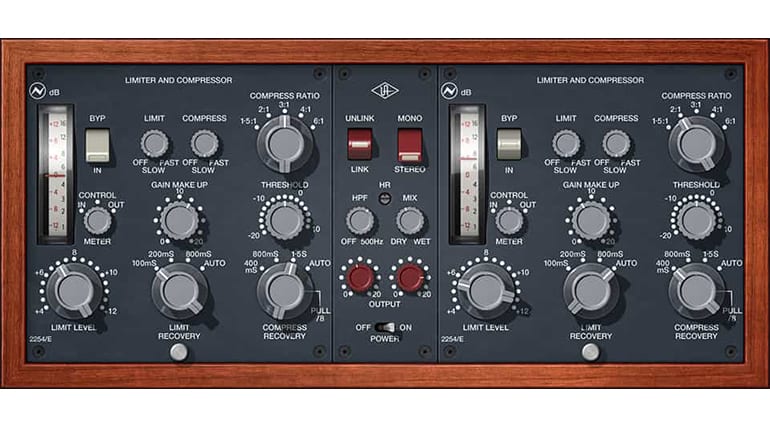 Released in the late 60s, the 2254 is a mono compressor that was ubiquitous with the 80 series consoles, and became one of the most popular compressors into the next decade. It was meant to be uncomplicated, especially considering the popular tube compressors of the time. It has a dark character that is great for taming any source, and is fast and easy to dial in.
Released in the late 60s, the 2254 is a mono compressor that was ubiquitous with the 80 series consoles, and became one of the most popular compressors into the next decade. It was meant to be uncomplicated, especially considering the popular tube compressors of the time. It has a dark character that is great for taming any source, and is fast and easy to dial in.
33609 Compressor/Limiter
 Based on the design of the 2254, the 33609 compressor/limiter is notable for its smooth compression that adds depth and dimension while not overtaking the mix. The two channels can be linked for multi mono or stereo use, making them great on busses, groups, or even the master channel.
Based on the design of the 2254, the 33609 compressor/limiter is notable for its smooth compression that adds depth and dimension while not overtaking the mix. The two channels can be linked for multi mono or stereo use, making them great on busses, groups, or even the master channel.
The unit has been redesigned many times throughout the years and versions of it are still in production. Newer models offer sidechains for both compressor and limiter sections, and independent attack, release, and threshold controls. It has also been modeled by many plugin manufacturers. In 2009 the processor was re-imagined and brought back as the 33609JD by AMS Neve. This new iteration featured the same discrete output stage as the original.
The Legacy Lives On
The Neve legacy transcends the name. It wouldn’t be an overstatement to say that his designs not only shaped rock music as we know it, but reached into many other genres. And the fact that his creations are repeatedly copied, cloned, and/or re-imagined to this day, is a testament to the man’s genius. Multiple companies have honored his name. Studios big or small and live venues around the world have his fingerprint on the music that comes out of their speakers. And to your ears.
Rupert Neve may not be with us anymore, but his spirit will live on forever as an inspiration to musicians and audio engineers everywhere. Thank you for everything, Mr. Neve!
- rupert neve designs logo: rupert neve designs
- universal audio neve 80s series console plugin: universal audio
- neve 5088 recording console: neve audio
- rupert neve designs 8424 recording console: rupert neve designs
- ams neve 1073spx microphone preamp: ams neve
- neve 1084 500 series preamp: ams neve
- Plugin version from Universal Audio.: universal audio
- neve audio 33609 compressor: neve audio
4 responses to “The genius of Rupert Neve: 6 of his best studio innovations”



 Neve 1073SPX mono preamp & EQ
Neve 1073SPX mono preamp & EQ
 Rupert Neve Designs Shelford Channel
Rupert Neve Designs Shelford Channel


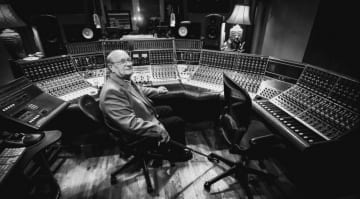

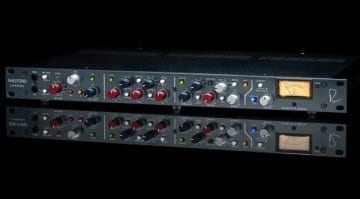
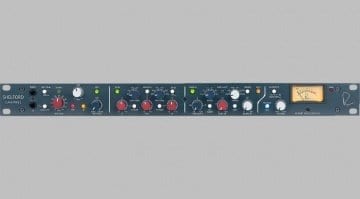
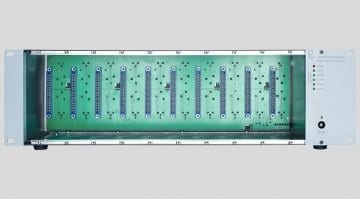

Rupet Neve a big inspiration to my musical talent as a sound Engineer I was very lucky to have converted with the Legend. I will never forget Rupet Neve Never
Neve’s products are well known to most people in music technology. I still find it quite amusing that everyone still wants the warmth and dynamics of the old analogue gear of the 60s and 70s, which Neve played a part in producing. Funny that progress leads us back to an idea that the old way of doing things had some advantages over the modern, digital way. But if you’d said that 40 years ago in the 80s, would anyone have believed you?
Rest in beautiful perfectly mastered peace Mr Neve! This is heartbreaking that it wasn’t across every news station. The world would of sounded completely different without him!
First of all, RIP Mr. Neve, you changed the way we hear forever. You were a simultaneous scientist and artisan of audio.
On the other hand, Gearnews, you should be ashamed to write such dreck as this article.
1.) Automation existed way before NECAM. NECAM was the first MOVING fader system. This also had NOTHING to do with “foreseeing the digital audio revolution” and everything to do with clients at the time needing to be able to save work. Also claiming the digital technology of the 8108 is dubious.
2.) You’ve got a photo of an 88r at the top of the article. A console whilst bearing his namesake, has NOTHING to do with Rupert himself.
3.) You have another photo of a Neve 8424 under the 80 series section. ANOTHER console that has NOTHING to do with Rupert.
Please out of respect for someone who was a pioneer driven by the urge to get it right, please give him the same respect as he gave the tools you herald.